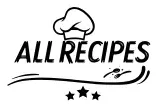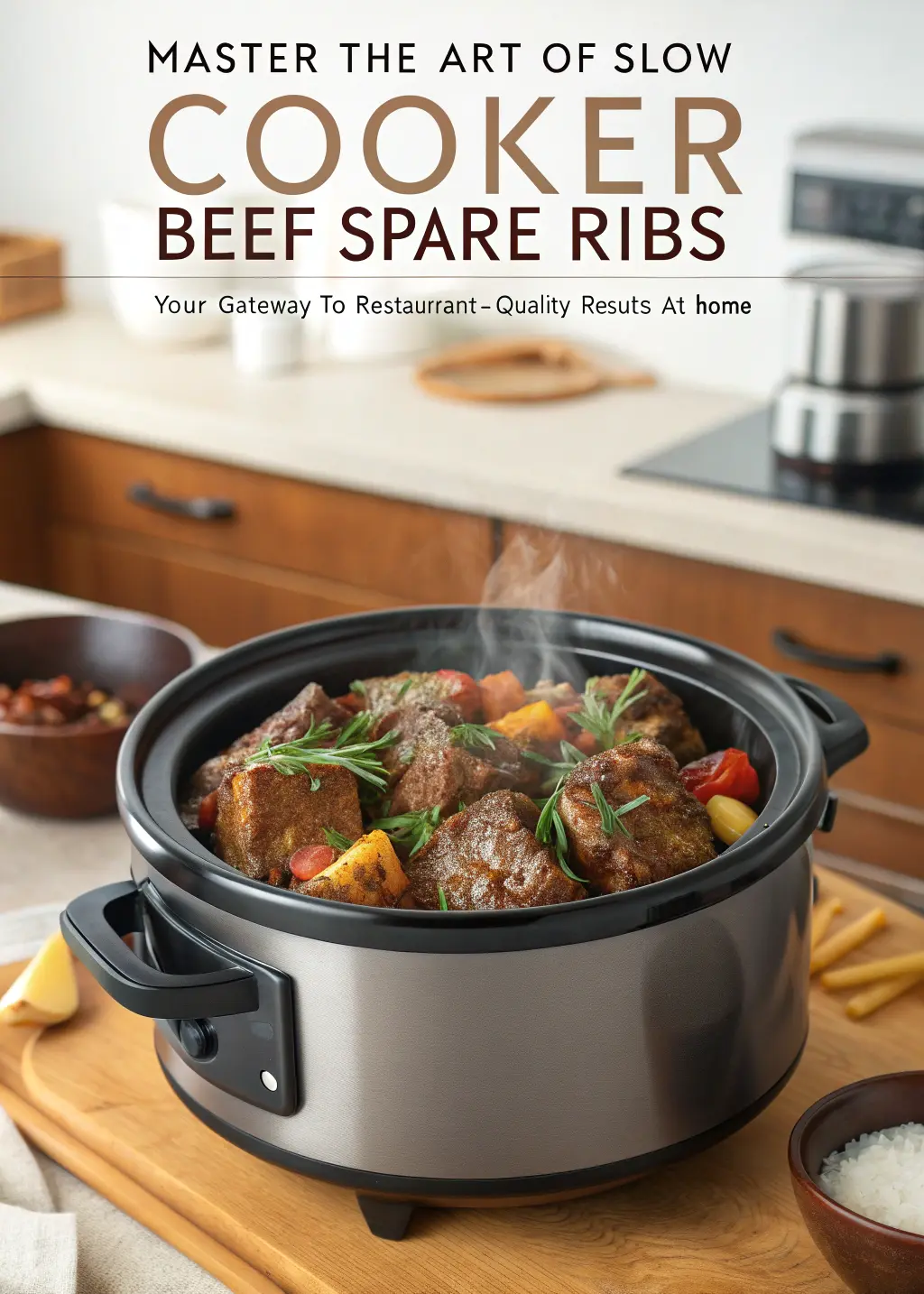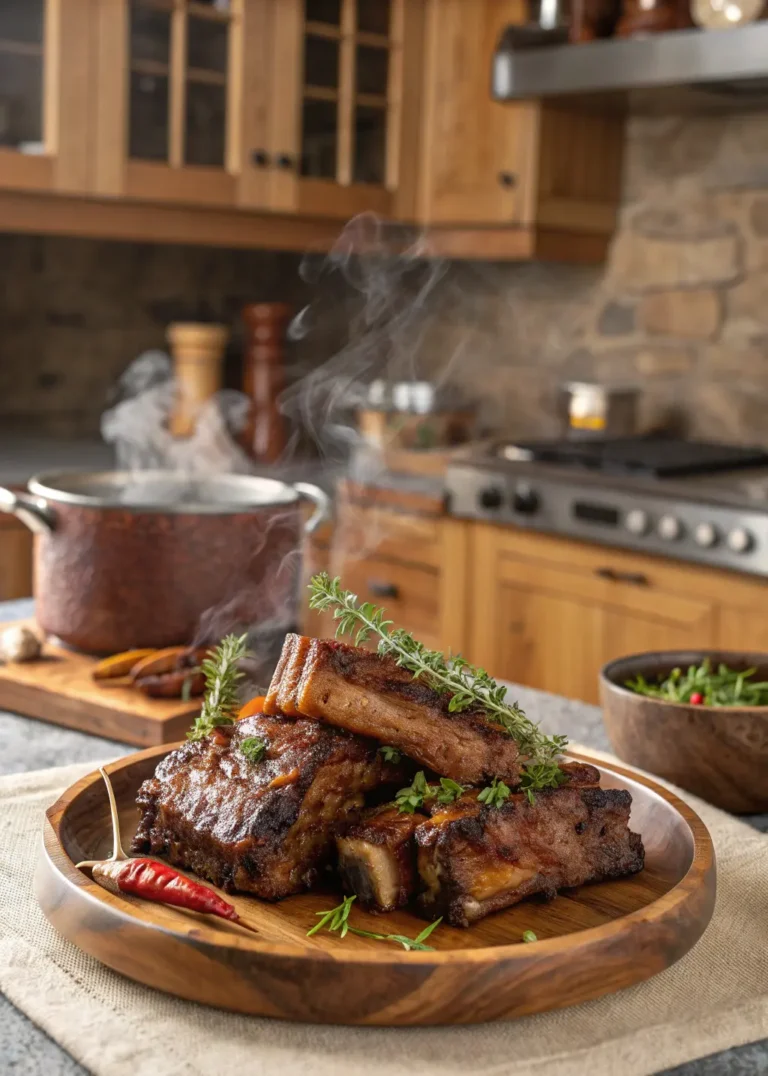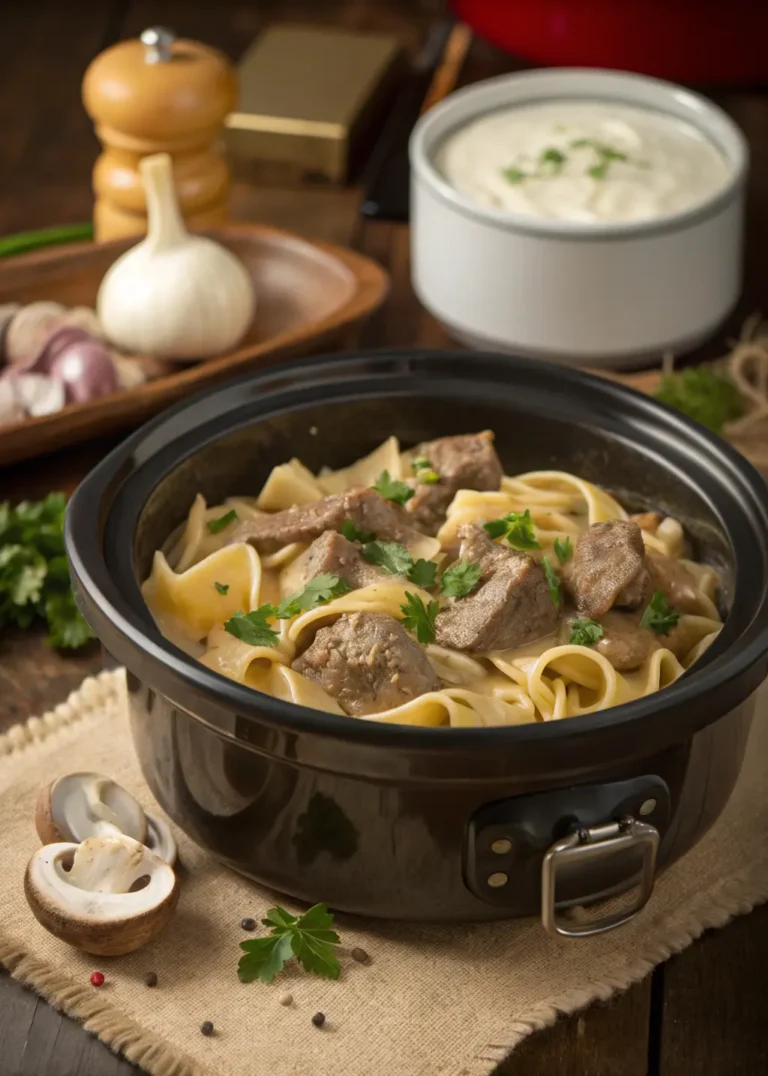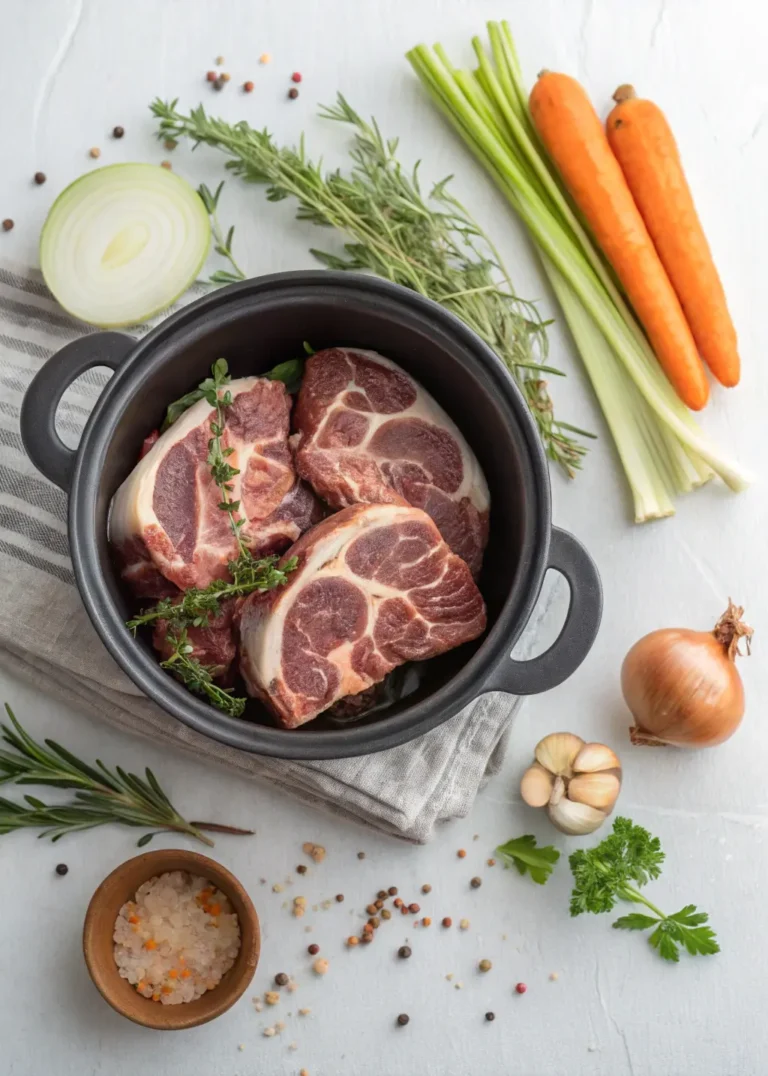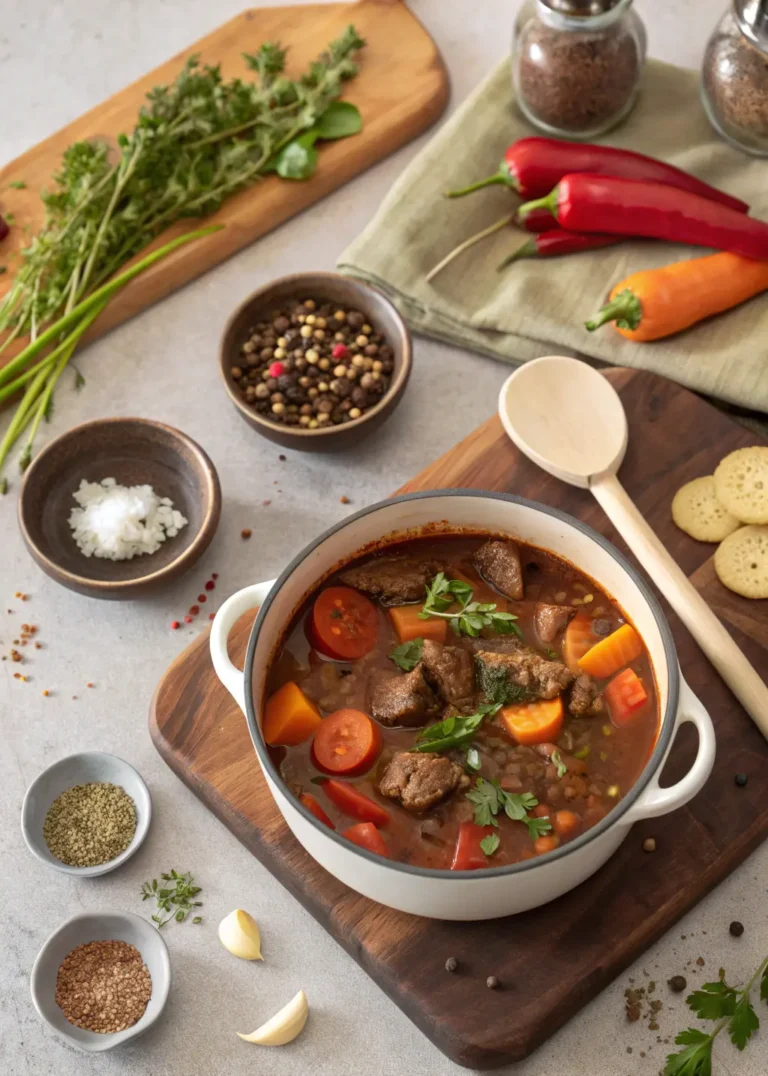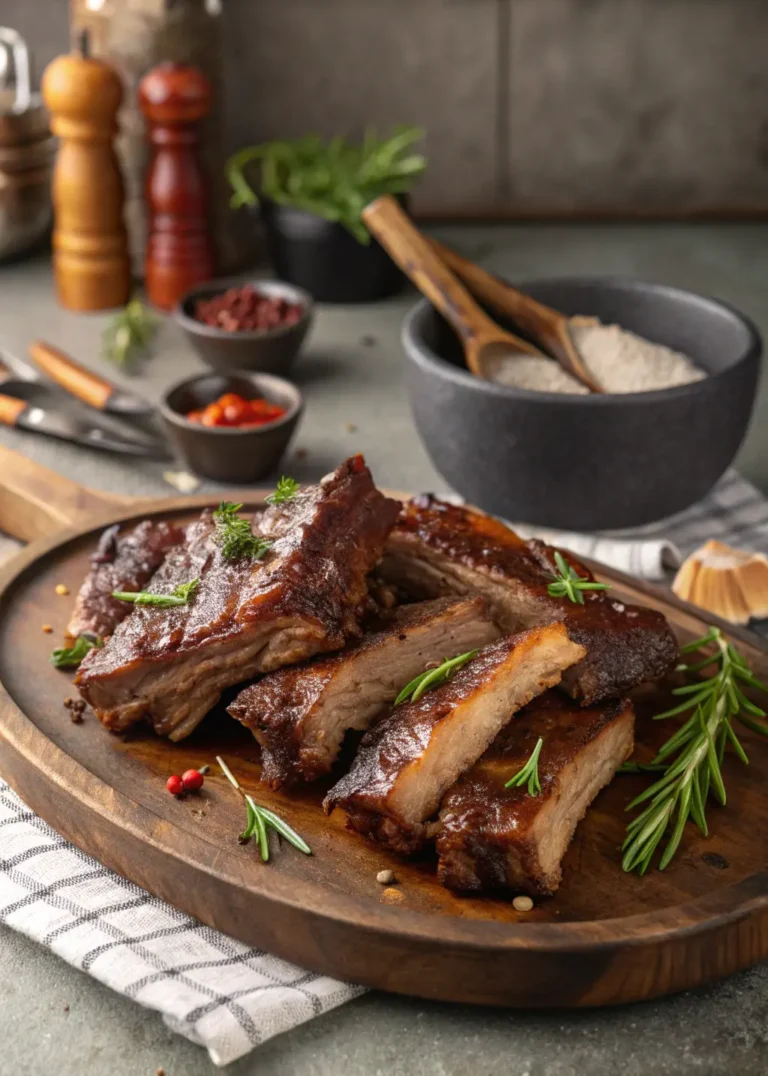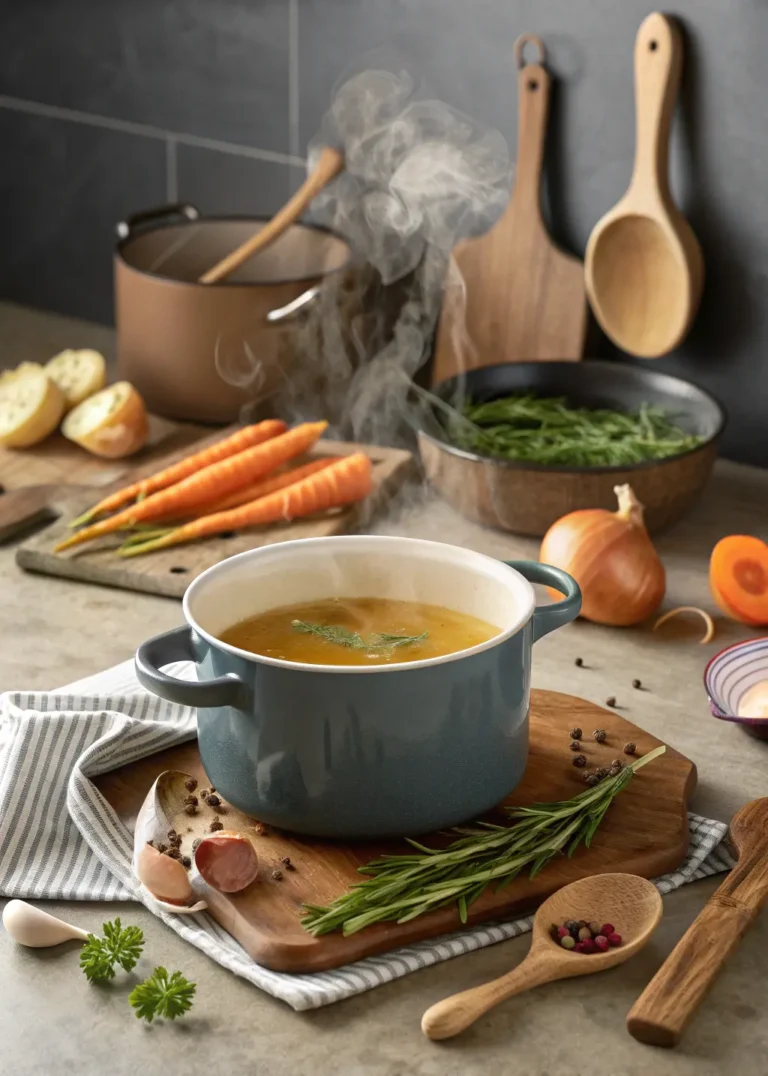Master the Art of Slow Cooker Beef Spare Ribs: Your Gateway to Restaurant-Quality Results at Home
Have you ever wondered why some home cooks effortlessly create mouthwatering beef spare ribs that rival expensive steakhouse offerings, while others struggle with tough, disappointing results? The secret lies in understanding how your humble slow cooker transforms these budget-friendly cuts into culinary gold.
Your journey toward beef spare rib mastery begins today. This comprehensive guide reveals professional techniques that guarantee tender, flavorful results every single time. Whether you’re feeding hungry family members or entertaining guests, these methods ensure your reputation as an exceptional home cook remains intact.
Table of contents
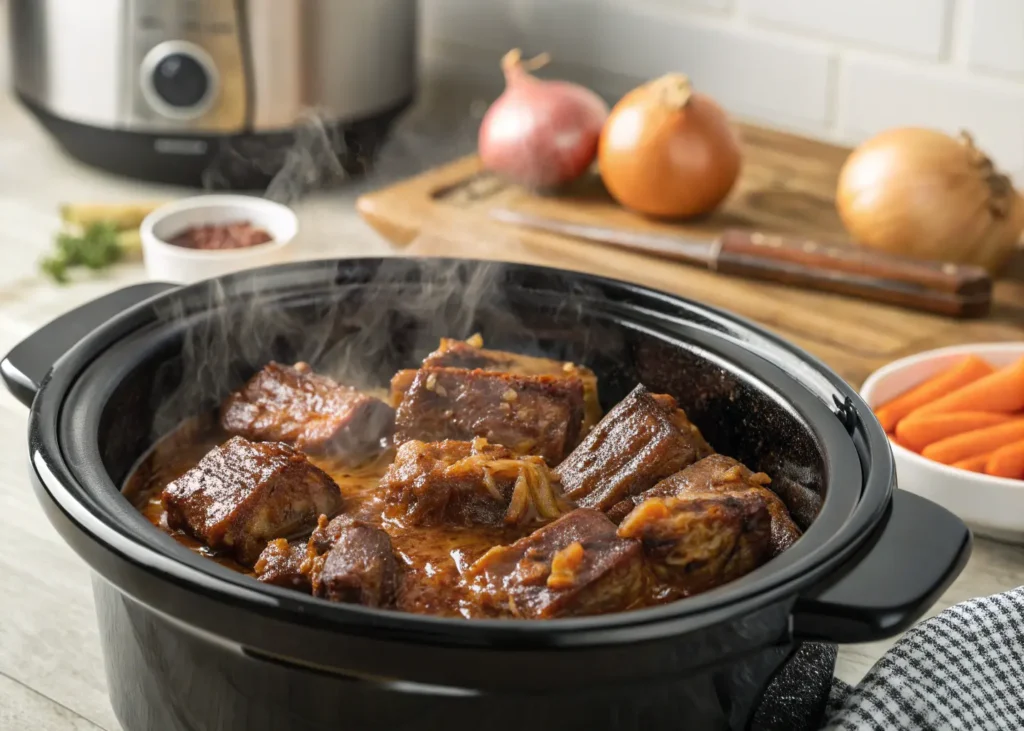
Understanding Beef Spare Ribs: Your Foundation for Success
Before diving into cooking techniques, understanding your ingredients sets you up for outstanding results. Beef spare ribs originate from the chuck, plate, or rib sections of cattle, offering generous marbling that becomes your greatest ally during slow cooking processes.
Unlike expensive prime cuts, these affordable options provide incredible value when prepared correctly. The abundant connective tissue and fat content work together during extended cooking periods, creating that coveted melt-in-your-mouth texture that distinguishes exceptional ribs from mediocre ones.
Your slow cooker creates the perfect environment for this transformation. Consistent low temperatures gradually break down tough collagen into silky gelatin, while natural juices continuously baste the meat throughout the cooking cycle.
Essential Equipment and Ingredient Selection
Choosing Your Perfect Slow Cooker
Your slow cooker size directly impacts cooking results. A 6-quart capacity accommodates 3-4 pounds of beef spare ribs comfortably, allowing proper heat circulation. Smaller units may overcrowd your ribs, leading to uneven cooking and disappointing textures.
Modern programmable models offer precise temperature control and automatic warming functions, preventing overcooking disasters. However, basic models work equally well when you monitor timing carefully.
Premium Ingredient Selection Guide
Quality ingredients elevate your final results dramatically. Here’s what transforms ordinary ribs into extraordinary meals:
Primary Components:
- Fresh beef spare ribs (3-4 pounds) with visible marbling
- Dark brown sugar for deep caramelization
- Low-sodium soy sauce providing umami richness
- Apple cider vinegar for natural tenderizing properties
- Fresh garlic cloves or granulated garlic powder
- Sweet yellow onions or onion powder
- Premium smoked paprika for authentic barbecue essence
Flavor Enhancement Additions:
- Worcestershire sauce deepens savory complexity
- Liquid smoke intensifies barbecue authenticity
- Fresh herbs like thyme or rosemary add aromatic layers
- Quality beef stock maintains moisture levels
- Hot sauce varieties accommodate heat preferences
Step-by-Step Preparation Mastery
Pre-Cooking Preparation Techniques
Your preparation phase determines final texture and flavor development. Never skip these crucial steps:
Trimming and Seasoning Process: Remove excess external fat while preserving thin layers that enhance flavor during cooking. Pat your ribs completely dry using paper towels, ensuring seasoning adherence and preventing watery final results.
Create your signature dry rub by combining brown sugar, garlic powder, onion powder, smoked paprika, salt, and black pepper. Apply this mixture generously to all surfaces, massaging gently to ensure complete coverage.
Optional Searing Benefits: While not mandatory, quickly searing your seasoned ribs in a hot skillet creates additional flavor complexity through Maillard reaction. This caramelization process adds depth that slow cooking alone cannot achieve.
Slow Cooking Process Excellence
Loading Your Slow Cooker: Arrange ribs in single layers when possible, avoiding overcrowding that creates uneven cooking zones. If stacking becomes necessary, rotate positioning halfway through cooking for consistent results.
Liquid Component Assembly: Combine soy sauce, apple cider vinegar, Worcestershire sauce, and beef stock in measuring cups before adding to your slow cooker. This pre-mixing ensures even flavor distribution throughout cooking.
Temperature and Timing Precision: Low temperature settings (275-300°F internal) provide optimal results for beef spare ribs. Plan for 6-8 hours of cooking time, though individual slow cooker variations may require slight adjustments.
Resist the urge to frequently check progress during initial cooking hours. Each lid removal releases accumulated steam and extends overall cooking time significantly.
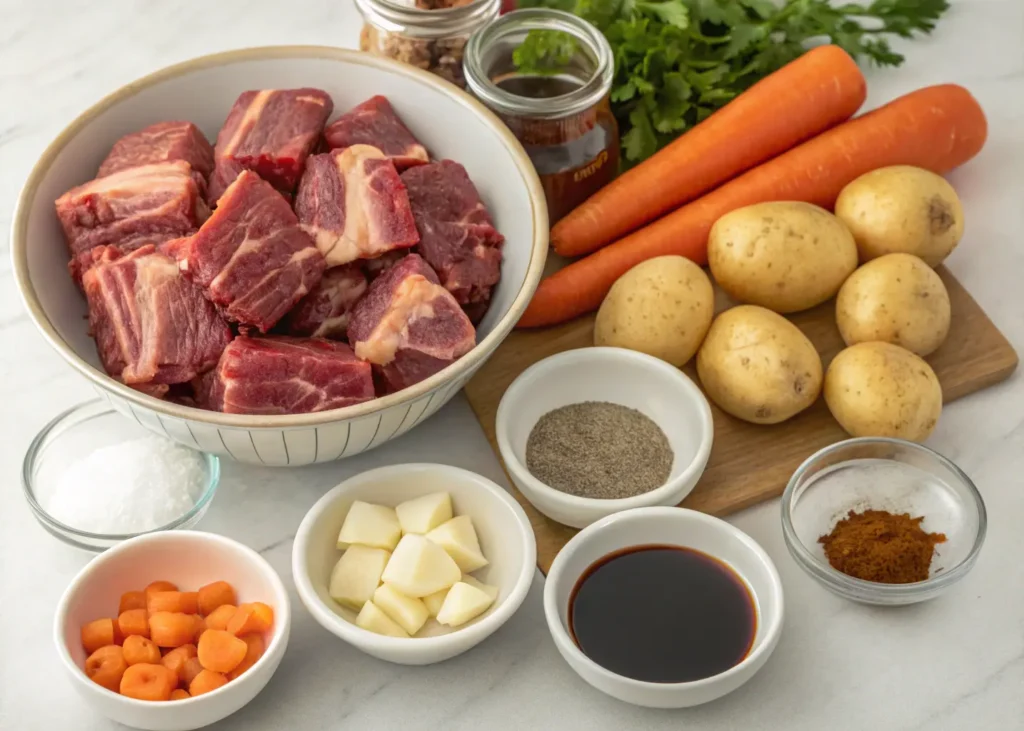
Professional Techniques for Perfect Results
Temperature Monitoring Strategies
Internal temperature measurement provides the most reliable doneness indicator. Your beef spare ribs reach optimal tenderness between 190-203°F, when collagen fully converts to gelatin.
Visual cues supplement temperature readings effectively. Properly cooked meat separates easily from bones with minimal pressure, while overcooking creates mushy, unappetizing textures.
Troubleshooting Common Challenges
Addressing Tough Textures: Insufficient cooking time represents the primary cause of chewy results. Extended low-temperature cooking never damages beef spare ribs, so continue cooking until achieving desired tenderness.
Managing Excess Liquid: Some recipes produce more cooking liquid than expected. Remove finished ribs and reduce remaining juices in saucepans over medium heat, creating concentrated glazing sauces.
Preventing Dried-Out Results: Proper liquid ratios prevent moisture loss during extended cooking periods. Maintain sufficient liquid levels throughout cooking, adding warm broth if necessary.
Finishing Touches and Presentation Excellence
Optional Caramelization Techniques
Transform tender slow-cooked ribs into visually stunning presentations through brief broiling sessions. Brush surfaces with reserved cooking juices or barbecue sauce, then broil for 2-3 minutes until beautifully caramelized.
This final step creates appealing contrast between tender interiors and slightly crispy exteriors that elevate your presentation dramatically.
Resting and Serving Protocols
Allow cooked ribs to rest for 10-15 minutes before serving. This resting period enables juices to redistribute throughout the meat, preventing loss during carving and ensuring maximum flavor in every bite.
Maintain serving temperatures around 140°F for optimal enjoyment. Warming trays or low oven settings preserve ideal temperatures during extended serving periods.
Creative Serving Suggestions and Pairings
Traditional Accompaniment Options
Your perfectly cooked beef spare ribs deserve equally impressive side dishes that complement rather than compete with starring flavors:
Starch-Based Foundations: Creamy mashed potatoes with roasted garlic create luxurious bases for rich rib flavors. Alternatively, fluffy rice pilaf or buttery cornbread provide satisfying alternatives that absorb delicious cooking juices.
Fresh Vegetable Balance: Crispy coleslaw with tangy dressings cuts through rich flavors effectively, while honey-glazed carrots or seasoned green beans add colorful nutrition to your plate compositions.
Sauce Variations for Diverse Preferences
Classic Barbecue Sauce: Combine ketchup, brown sugar, apple cider vinegar, and Worcestershire sauce for traditional barbecue experiences that satisfy conventional expectations.
Asian-Inspired Glazes: Blend soy sauce, fresh ginger, sesame oil, and rice vinegar for fusion profiles that complement beef’s natural flavors while offering exciting alternatives.
Spicy Heat Options: Incorporate chipotle peppers in adobo sauce or hot sauce varieties to accommodate guests who prefer more intense flavor experiences.
Storage and Leftover Management
Proper Storage Protocols
Your investment in quality beef spare ribs extends beyond initial serving through proper storage techniques. Refrigerate leftovers within two hours of cooking completion, maintaining temperatures below 40°F consistently.
Airtight containers or vacuum-sealed packages preserve moisture and prevent refrigerator odor absorption. Properly stored ribs maintain quality for 3-4 days refrigerated or up to three months frozen.
Reheating Excellence
Slow Cooker Reheating: Return leftovers to your slow cooker with small amounts of beef broth, heating on low settings for 1-2 hours until thoroughly warmed.
Oven Methods: Cover ribs with aluminum foil and warm at 275°F for 20-30 minutes, adding liquid if surfaces appear dry during reheating processes.
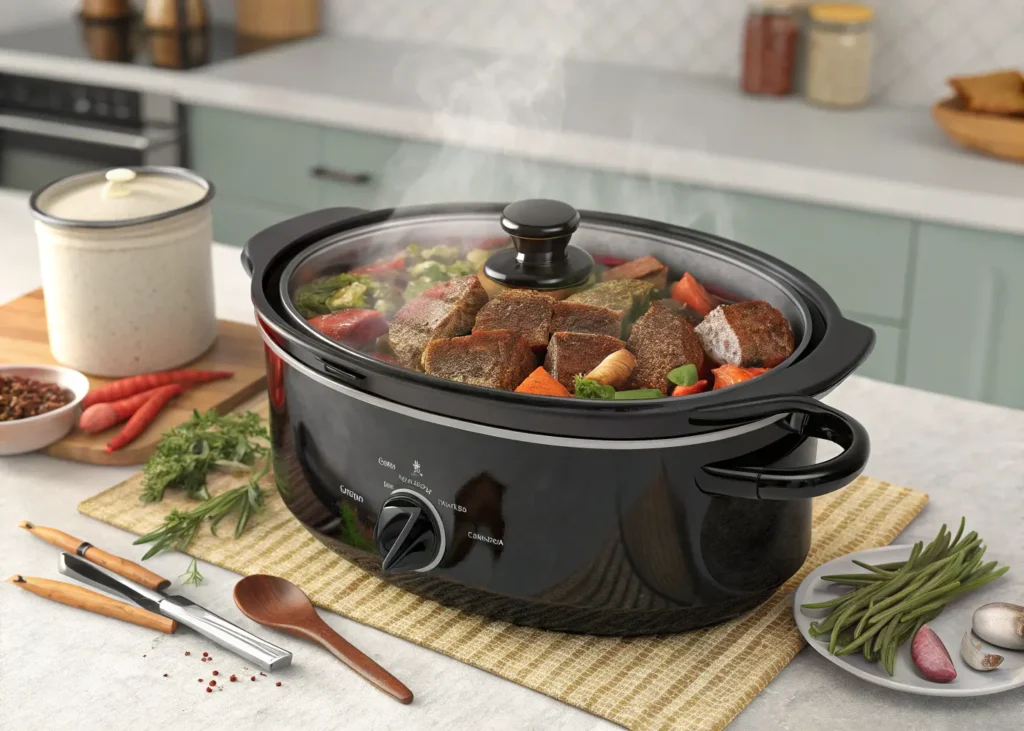
Frequently Asked Questions and Expert Solutions
Can You Use Frozen Beef Spare Ribs?
While technically possible, frozen ribs create uneven cooking patterns and potential food safety concerns. Always thaw completely before slow cooking for optimal results and even heat distribution throughout all portions.
How Do You Recognize Perfect Doneness?
Properly cooked beef spare ribs exhibit several clear indicators: internal temperatures between 190-203°F, meat that separates easily from bones with gentle pressure, and tender textures throughout without mushiness.
What Distinguishes Different Rib Cuts?
Beef spare ribs contain more meat and marbling compared to back ribs, making them ideal for slow cooking methods. Understanding these differences helps you select appropriate cuts for specific cooking techniques.
Transform Your Home Cooking Forever
Mastering slow cooker beef spare ribs opens endless culinary possibilities while building confidence in your kitchen abilities. This foundational technique enables experimentation with various spice combinations, marinades, and serving styles that keep family meals exciting and memorable.
The forgiving nature of slow cooking accommodates busy schedules while delivering consistently impressive results. Your slow cooker handles the complex work while you focus on other priorities, yet rewards you with restaurant-quality outcomes.
Ready to revolutionize your home cooking experience? Start your slow cooker this weekend and discover why beef spare ribs might become your family’s new comfort food tradition. Share your personal variations and creative adaptations – your unique touches make each meal truly special and create lasting memories around your dinner table.
Have you given our recipe a try?
There are no reviews yet. Be the first one to write one.
